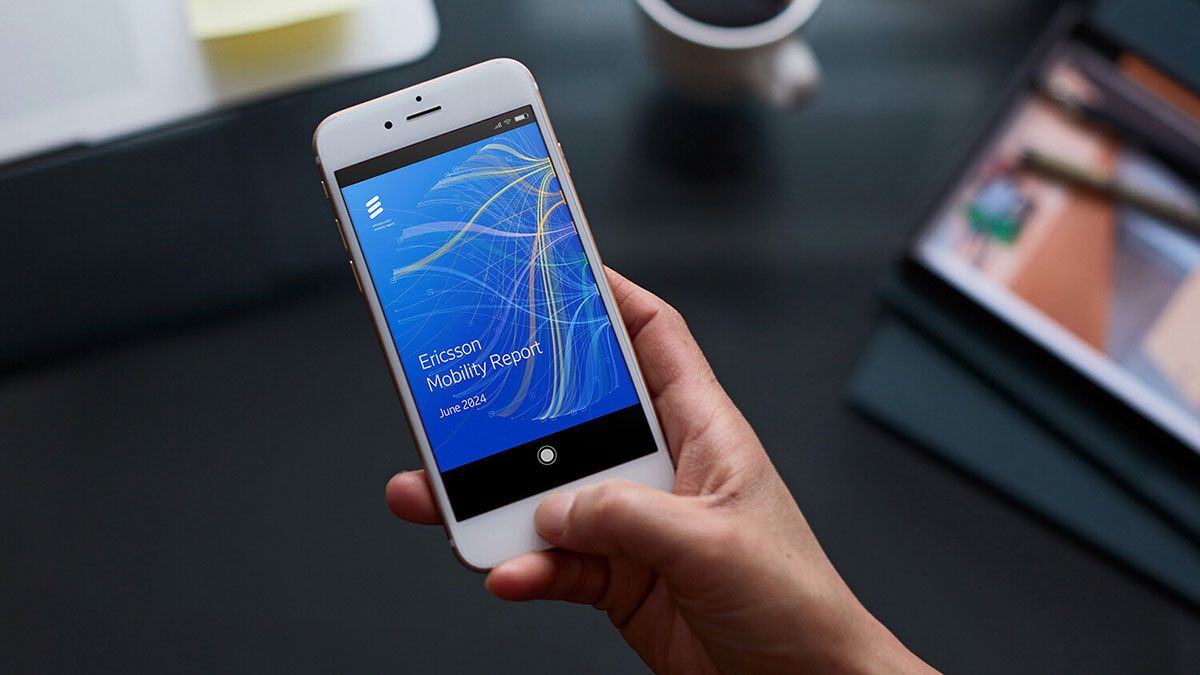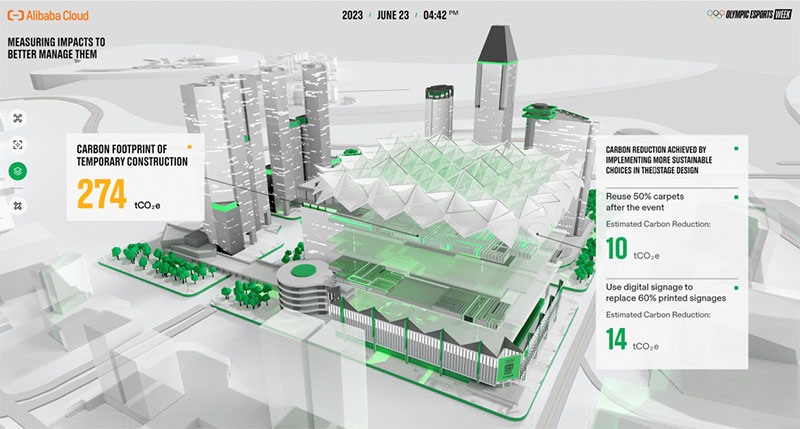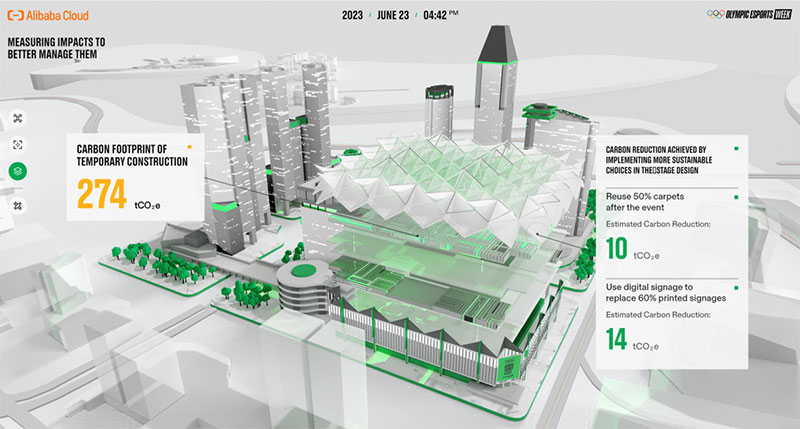According to the latest edition of the Ericsson (NASDAQ: ERIC) Mobility Report, 5G subscriptions will be close to 5.6 billion by the end of 2029 – with global 5G population coverage beyond mainland China set to double from 40 percent at the end of 2023 to 80 percent by the end of 2029.
About 300 CSPs globally now offer 5G services, of which about 50 have launched 5G Standalone (5G SA).5G continues to grow in all regions and is expected to account for about 60 percent of all mobile subscriptions by the end of 2029. About 160 million 5G subscriptions were added globally in the first three months of 2024 – bringing the total to more than 1.7 billion. Almost 600 million new subscriptions are expected in 2024 as a whole.
Mobile network data traffic grew 25 percent year-on-year between the end of March 2023 and the end of March 2024, driven primarily by subscriber migration to later generations and data-intense services, such as video.
Mobile data traffic is forecast to grow with a compound annual growth rate of about 20 percent through the end of 2029. About a quarter of all mobile network data was handled by 5G by the end of 2023. This is forecast to grow to about 75 percent by the end of 2029.
5G mid-band population coverage outside of mainland China has reached 35 percent. North America and India have made rapid deployments, topping 85 and 90 percent mid-band coverage respectively.
5G is expected to become the dominant mobile access technology by subscription before the end of the forecast period. Although 5G population coverage is growing, 5G mid-band is only deployed in around 25 percent of all sites globally outside of mainland China. The 5G mid-band spectrum provides a sweet spot between both coverage and capacity, while improving user experience. As 5G matures, the focus for many service providers is expected to shift toward developing differentiated connectivity offerings.
In the Southeast Asia and Oceania region, 5G subscriptions are predicted to reach around 560 million in the region by the end of the forecast period. 5G subscriptions in Southeast Asia stood at 61 million at the end of 2023. The 5G subscriber base in the region continues to grow as subscribers migrate to 5G, driven by more affordable 5G devices, promotional plans, discounts and large data bundles from service providers. 5G subscriber base as a percentage of the total subscriber base has already reached over 20 percent in markets like Singapore, Australia, Thailand and Malaysia. At the end of 2029, 5G mobile subscriptions are expected to reach 43% of all mobile subscriptions in the region.
Anders Rian, Head of Ericsson Thailand states, “5G is a platform for innovation and we are committed to working together with the government, enterprises and the eco system to drive the digital transformation of Thailand’s economy and make Digital Thailand a reality. We are also leveraging our global expertise and technology leadership to keep our customers in Thailand and elsewhere at the forefront of 5G.”
Data traffic per smartphone user in Southeast Asia is expected to grow from 17GB/month in 2023 to 42 GB/month by 2029.
The details, alongside Ericsson’s latest mobile industry forecasts, regional breakdowns and customer case studies, feature in the June 2024 Ericsson (NASDAQ: ERIC) Mobility Report.
Read the full June 2024 Ericsson Mobility Report via this link.







